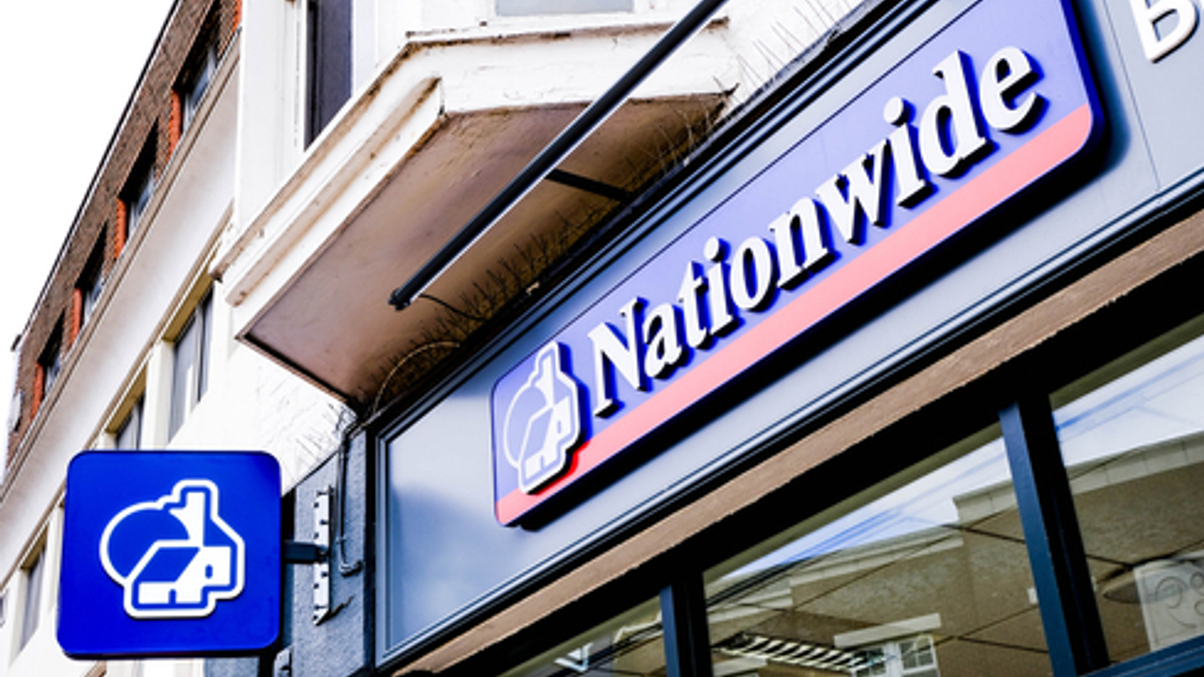UK’s Nationwide pension open to Asian private debt
The building society's defined benefit fund will be relying more on private credit for returns as it de-risks and moves into payout mode, says its chief investment officer.

British building society Nationwide's retirement scheme will sharply reduce its return-seeking asset exposure in the coming years but will retain much of the private credit portion of that portfolio.
Sign in to read on!
Registered users get 2 free articles in 30 days.
Subscribers have full unlimited access to AsianInvestor
Not signed up? New users get 2 free articles per month, plus a 7-day unlimited free trial.
¬ Haymarket Media Limited. All rights reserved.


